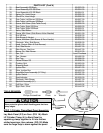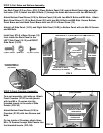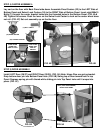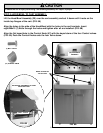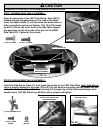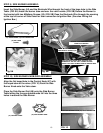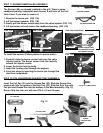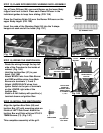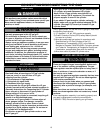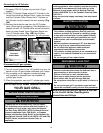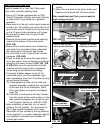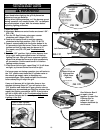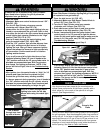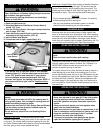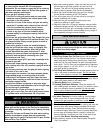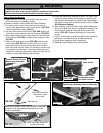Special offers from our partners!

Find Replacement BBQ Parts for 20,308 Models. Repair your BBQ today.
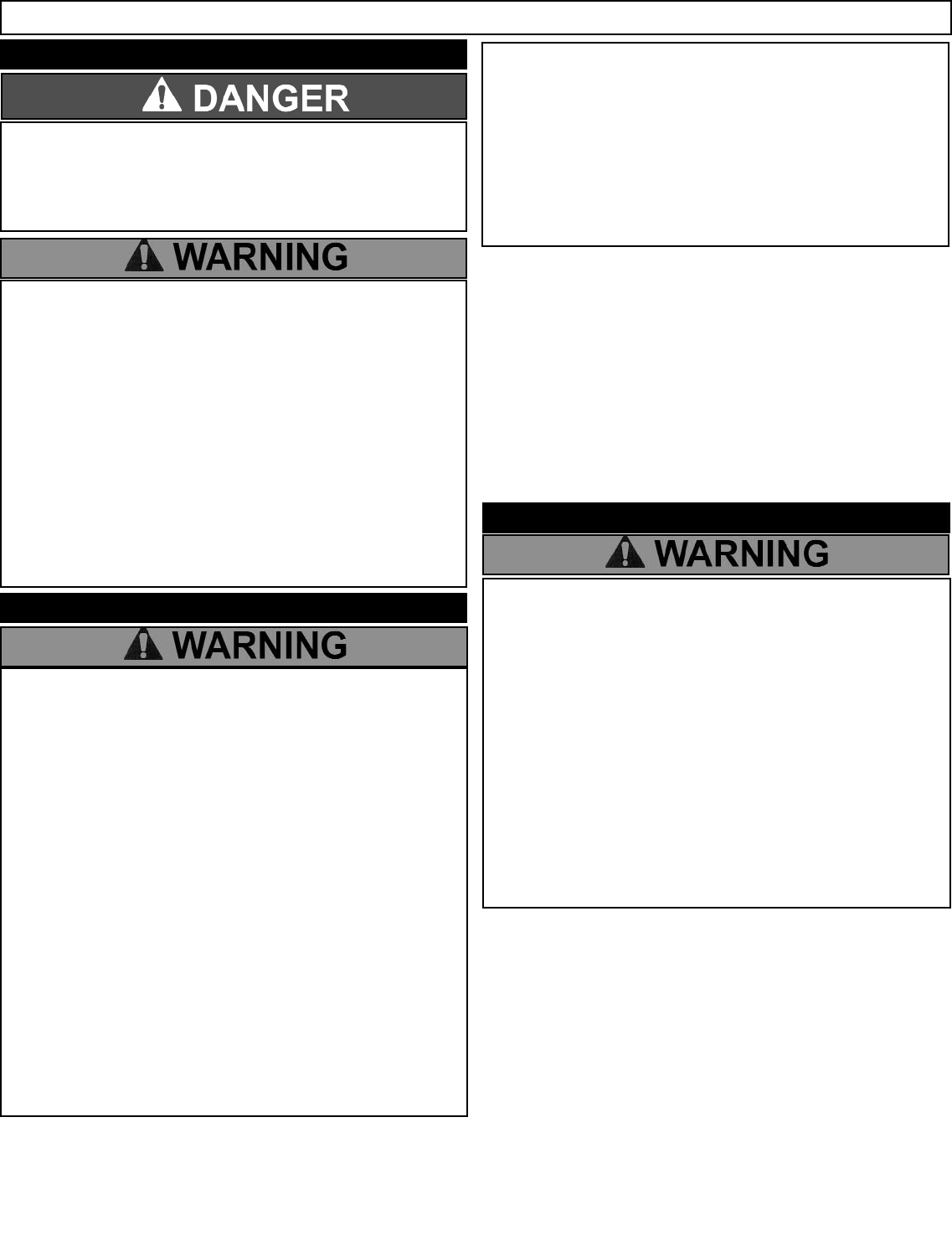
13
To reduce the risk of serious bodily injury or death:
· Use only propane gas in this LP gas grill.
· Do not attempt to convert an LP unit to natural gas.
· Any use or alteration of this unit not intended could be
unsafe and will void your warranty.
· Always use a gas appliance outdoors in an open area
with good ventilation to avoid breathing toxic fumes
from leaking gas, explosion or fire. As with all
conventional fuels, the burning process consumes
oxygen and produces toxic gases, including carbon
monoxide. In addition, the combustion products of
such fuels, including liquefied petroleum (LP), contain
chemicals known to the state of California and other
authorities to cause cancer, birth defects and other
reproductive harm.
USING GAS
CARBON MONOXIDE HAZARD
· This appliance can produce carbon monoxide which
has no odor. Using it in an enclosed space can kill you.
· Never use this appliance indoors, on recreational
vehicles, or boats.
CONNECTING/DISCONNECTING THE GAS
To reduce the risk of serious bodily injury, fire or death:
· Read and follow all warnings on LP gas cylinder.
· If you see, smell, or hear the hiss of LP gas
escaping from the cylinder:
1. Do not attempt to light appliance.
2. Extinguish any open flame.
3. Disconnect from fuel supply.
· Do not operate the LP gas grill without the LP gas
cylinder secured to the cart and oriented as shown in
Assembly Instructions for Connecting the LP Cylinder.
· Never connect or disconnect LP gas cylinder or
fittings while grill is in use or is hot.
· When the LP gas cylinder is connected, keep the grill
outside in a well-ventilated space.
· Do not use an LP gas cylinder if it shows signs of
dents, gouges, bulges, fire damage, corrosion,
leakage, excessive rust or other forms of visual
external damage; it may be hazardous and should be
checked by a liquid propane supplier. Do not use an
LP cylinder with a damaged valve.
· Do not store a spare LP gas cylinder under or near
the LP gas grill.
LP CYLINDER
· The LP gas cylinder, for use with this LP gas grill, must meet
the following requirements:
1) 12” diameter x 18” tall, 20 lb maximum capacity
2) Overfill Protection Device (OPD) safety feature (should
be noted on cylinder)
3) Must be constructed and marked in accordance with
Specifications for LP-Gas Cylinders of the U.S.
Department of Transportation (DOT) or the National
Standard of Canada, CAN\CSA-B339, Cylinders ,spheres
and Tubes for Transportation of Dangerous Goods; and
Commission, as applicable (See collar for marking)
4) Must have collar to protect LP cylinder valve.
LP HOSE AND REGULATOR
To reduce the risk of serious bodily injury or death:
· Clean and inspect the gas hose/regulator before each
use of the outdoor cooking gas appliance. The gas
hose/regulator must be replaced prior to being used, if
there is evidence of excessive abrasion or wear, or if
the hose is cut or leaks.
· Use only the gas hose/regulator assembly that has been
supplied with this gas grill. Do not use hose/regulator
from another manufacturer.
· Always check for gas leaks when you connect and
disconnect the hose/regulator to the LP gas cylinder,
especially after a period of storage (for example, over
winter).
· Make sure there are no sharp bends in the hose.
· Make sure hose/regulator does not contact any heated
surfaces.
· If the hose/regulator assembly is not working properly and
you need a replacement, contact the manufacturer
(1-800-251-7558). Be sure to specify your grill model.
· When grill is not in use, turn off all grill control knobs,
LP cylinder valve and disconnect LP cylinder.
·
Never fill the LP gas cylinder more than 80% of
cylinder volume. (20 lb. maximum) Do not ask the
propane supplier to over-fill the cylinder.
· If you obtain LP gas through a cylinder exchange
dealer, make sure you get a safe and adequate O.P.D.
cylinder. (See page 23) Use only a licensed LP gas
cylinder dealer.



